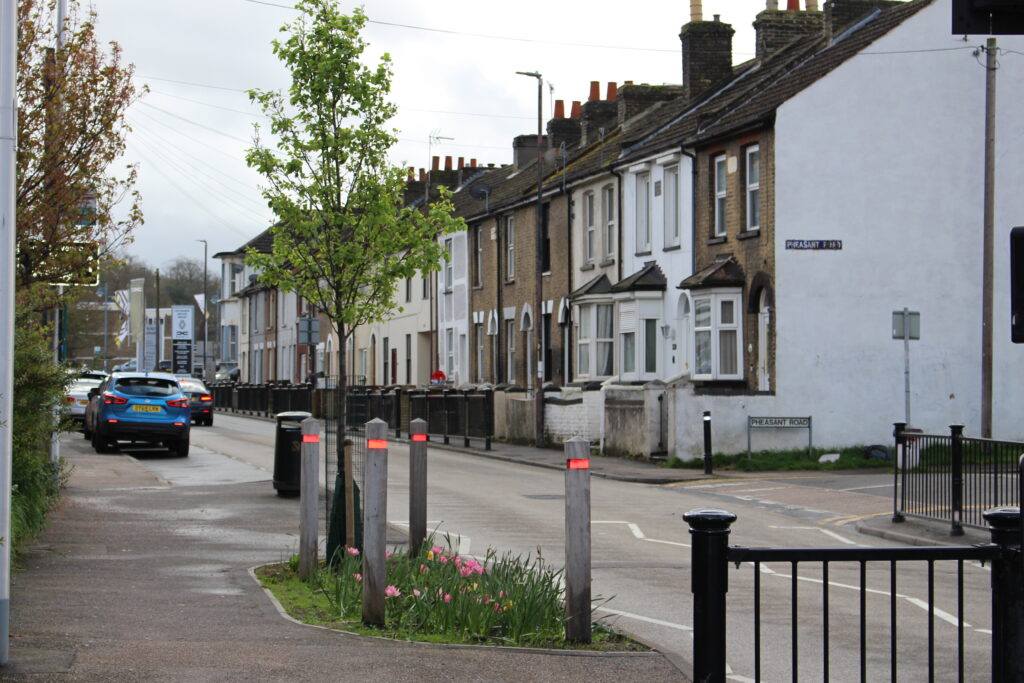Bridges between people, not just places: the case for social infrastructure
The government’s current infrastructure plans focus heavily on physical infrastructure while overlooking the vital role of community spaces and networks in supporting civic life. Local Trust’s policy officer, Kyle Vanelli, expands on the key recommendation from our submission to the All-Party Parliamentary Group for Project Delivery – investing in social infrastructure.
In Par Bay, Cornwall, the social enterprise MPower Kernow (MPKC), supported by Big Local funding, has transformed a derelict site into a thriving STEM skills training centre. It targets young people not in education, employment, or training – providing vital pathways in a region with high demand for technical skills. In an area marked by deprivation and disconnection, this is more than a skills centre; it’s a catalyst for opportunity.
MPKC’s impact extends beyond employment. Their restoration of a Grade II listed railway turntable won national heritage recognition and delivered a valuable community asset. The nearby Cornubia community hub provides access to jobs clubs, benefits advice, and local services that many residents would otherwise struggle to reach. These projects have done more than revive buildings – they’ve rebuilt social fabric.

Above: The St Blazey railway turntable restored by MPKC. Photo: Local Trust/Charlotte Sams
What is social infrastructure – and why is it often overlooked?
This is social infrastructure in action: the physical spaces and community networks that support civic life. Yet, current government infrastructure plans risk overlooking it.
Policies like the Planning and Infrastructure Bill and the creation of the National Infrastructure and Service Transformation Authority (NISTA) focus heavily on physical infrastructure – roads, rail, hospitals – without recognising the linking power of community spaces and networks. This was the core argument made by Local Trust in a submission of evidence to the All-Party Parliamentary Group for Project Delivery, which recently launched an inquiry into how the UK can improve infrastructure delivery and support economic growth.
The danger of a narrow definition
The issue lies in the narrow definition of infrastructure. Prisons and schools matter, but they don’t cover the informal support systems that keep communities connected and resilient. Since 2005, a quarter of libraries have closed across England and Wales, alongside more than 760 youth clubs shutting since 2012 (YMCA, (2020)). The result: neighbourhoods facing both high deprivation and a loss of the very assets that might help them recover.
Social infrastructure should be recognised as a foundational part of national development – equally as vital as roads, bridges and broadband.”
Disconnected communities, missed opportunities
These doubly disadvantaged communities are suffering the greatest disconnect. In such areas, nearly half of working-age residents are economically inactive, many due to poor health. Economic output is more than 50 per cent lower than in other deprived areas, and local growth rarely spills over. These are also among the areas that are furthest from achieving progress on the government’s five missions.
Traditional infrastructure investment alone can’t fix this. Roads and railways may shorten distances, but without local support networks, those connections remain out of reach. Social infrastructure helps people engage with opportunities, whether that’s finding a job through their social networks, improving their health via community services, or gaining skills in a familiar local hub.
The case for investment in social infrastructure
Investing in social infrastructure works. Evidence from Frontier Economics shows a return of at least £5 in benefits for every £1 spent, plus further savings in reduced demand on public services. Yet without strategic focus, we risk building a country that connects places without connecting people.
The bridges between people are every bit as important as the bridges between places.”
A broader vision for national growth
For NISTA and future infrastructure strategies to succeed, government must adopt a more holistic understanding of what infrastructure means. Social infrastructure should be recognised as a foundational part of national development – equally as vital as roads, bridges and broadband.
This doesn’t mean replacing physical investment, but complementing it. Without the human and community elements that bring physical infrastructure to life, we risk building links that many people still cannot use.
If the government is serious about reducing inequality, improving productivity, and meeting its missions for growth and opportunity, it must invest not just in places, but in the people who live there. The bridges between people are every bit as important as the bridges between places.
References:
Out of Service: A report examining local authority expenditure on youth services in England & Wales. YMCA (2020)
Find out more about social infrastructure and how we define it.
Kyle is Local Trust’s policy officer

